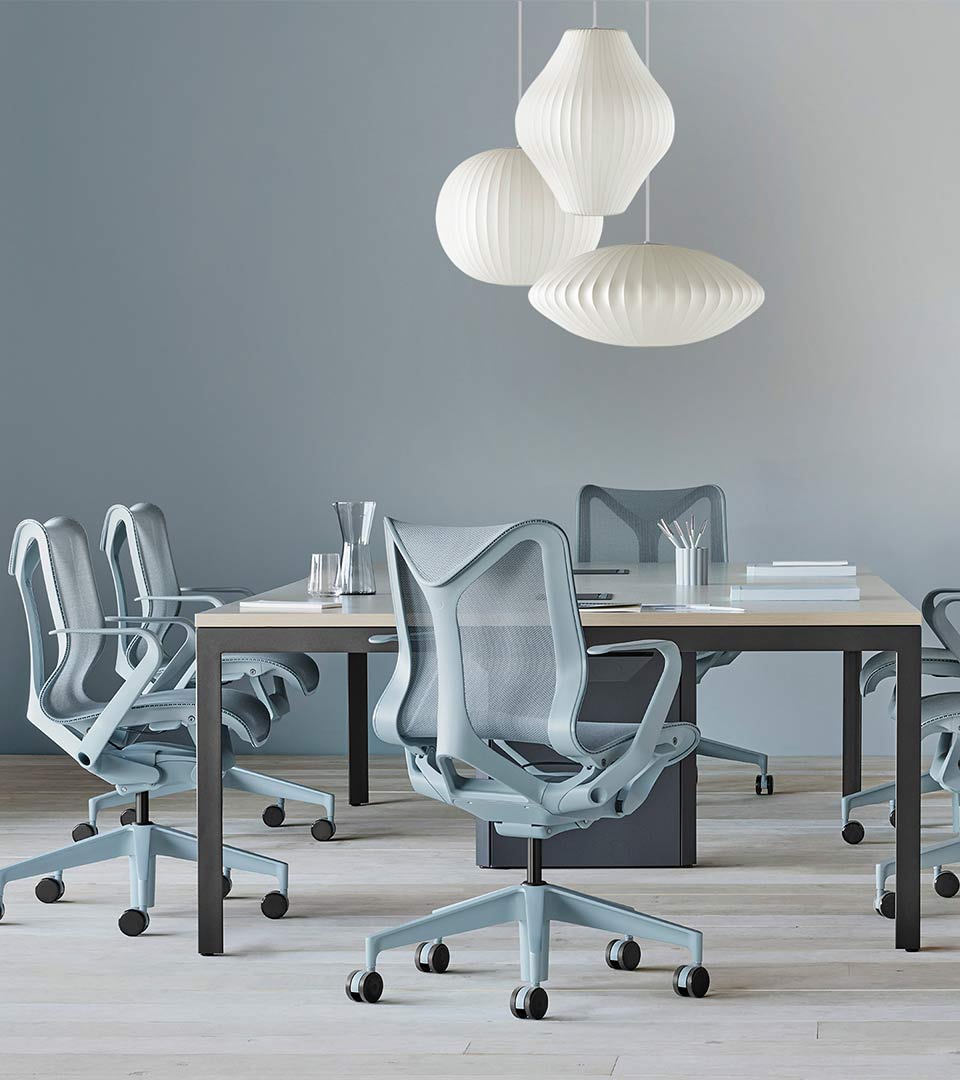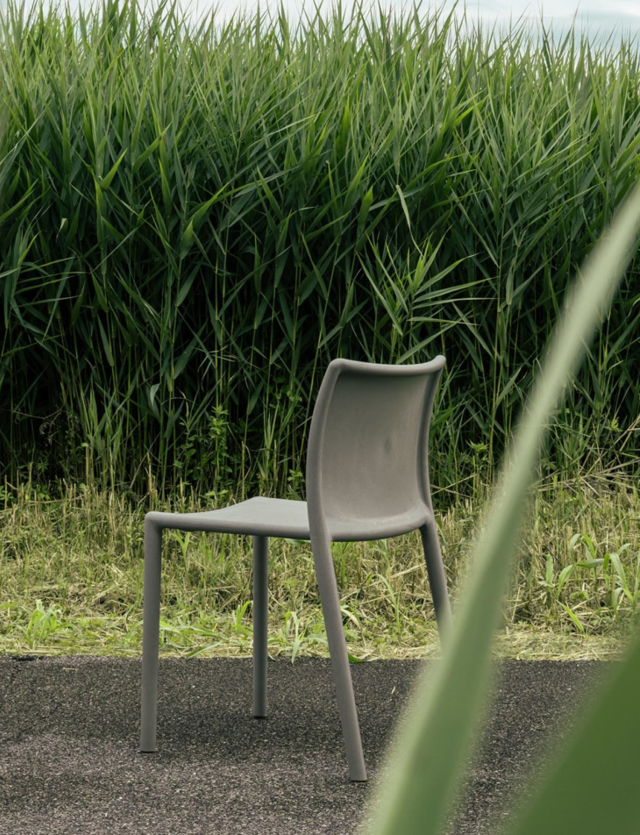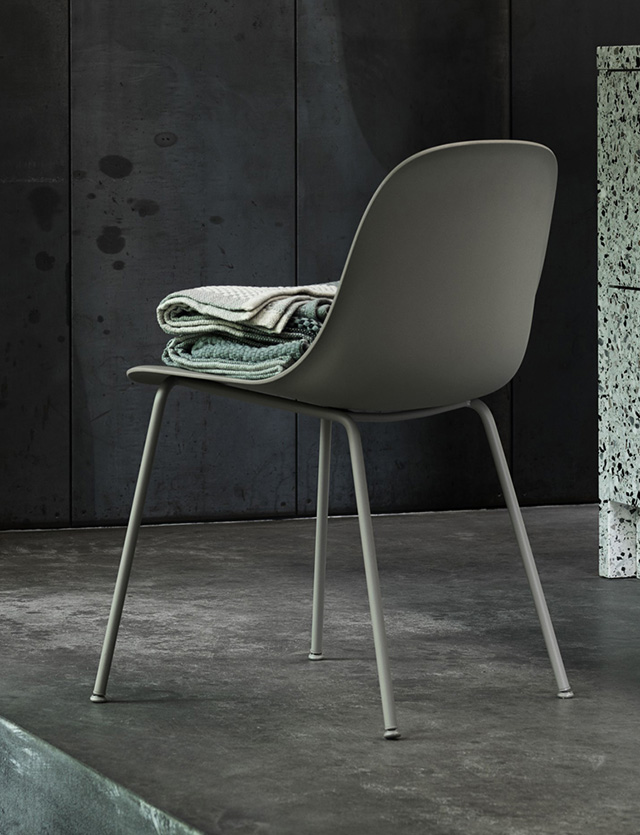It has been estimated that construction waste contributes to 30% of all waste deposited in Australian landfills. Our industry is stuck in a linear procurement cycle where property lease structures and incentives create blind spots on sustainable furniture procurement and most of your company’s fitout ends up in landfill at the end of your tenancy.
But we shouldn’t be discouraged, there are many initiatives, trends and conversations in our industry that have the power to influence positive change.
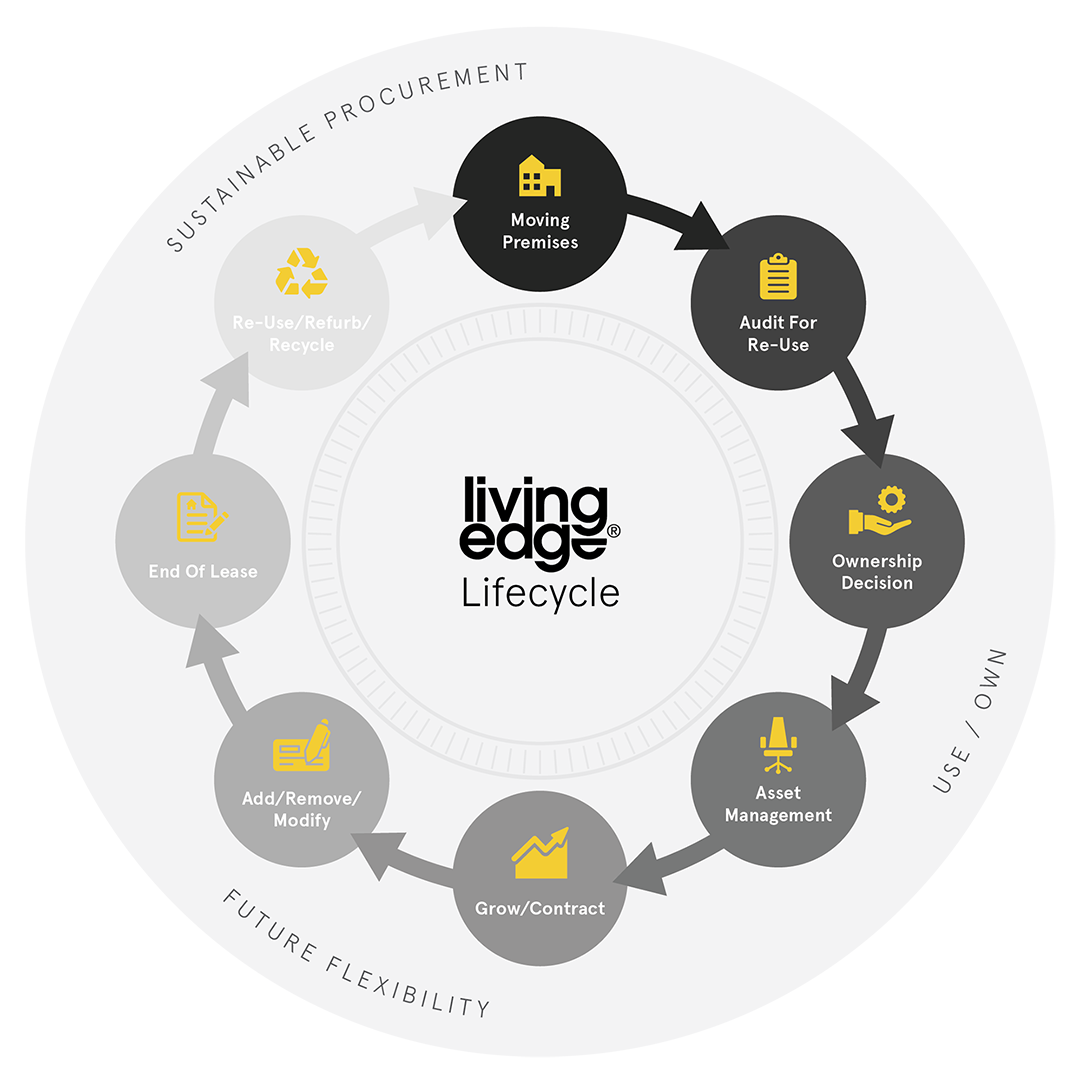
We’ll focus on several here which are key considerations for a brighter future;
- Desire for flexibility and the rise of co-working;
- The subscription economy;
- The war for talent;
- Sustainable procurement and the circular economy.
According to coworker.com, Australia has the 7th largest presence of co-working operators globally with rapid growth forecasted over the next 5 years as organisations look for flexible workspace options. In addition, the new IFRS leases accounting standard may lead to increased demand for co-working space as organisations look for ways to take property lease commitments off their balance sheet.
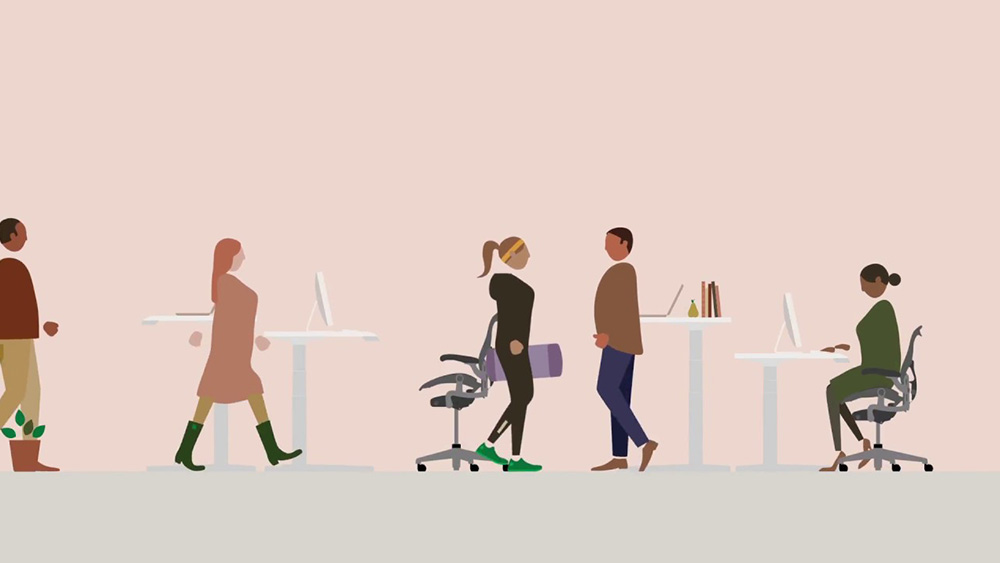
CBRE’s Asia Pacific research team recently completed a co-working survey of large and medium corporates. Their findings were; 52% of occupiers said they plan to reduce their footprint of traditional leased office space over the next two years. 50% plan to increase their footprint in co-working space, while 45% plan to increase their use of meeting and event space and 30% intend to increase their use of services office space. Corporate occupiers are realising the growing need for workplace flexibility. This trend is seeking to decrease their exposure to long term leases and staff insisting on more flexible workplace options. But what impact does that have on the quality of the workplace fitout and its contribution to the company’s culture?
The subscription economy is the move away from owning products, but instead subscribing to the services they offer. Today we are seeing it across a whole host of industries. Customers are buying less and less and still getting the desired outcomes without having to deal with asset management and large investments tying up cashflow and corporate balance sheets.
Companies that will exist in 10 years’ time are those that create and nurture the human experience. There is an increasing importance on employee satisfaction; to attract and retain the best talent, and this focus has resulted in consideration to the fitting and layout quality of your workplace.
Organisations are not only looking at flexibility for their spaces, they want flexibility in their investment decisions. Traditionally organisations would have wanted to own all areas of business. Internal teams hosting all capabilities that a business required to operate. We have moved away from that, utilising external specialised organisations that can provide expertise and scale in functions that do not contribute to your organisation’s USP. By using rather than owning, you can free up capital and increase flexibility to change direction or maintain pace with potential disruptors.
Companies that will exist in 10 years’ time are those that create and nurture the human experience. There is an increasing importance on employee satisfaction; to attract and retain the best talent, and this focus has resulted in consideration to the fitting and layout quality of your workplace. How do we make our workplace relevant in order to attract and retain the talent it needs to grow and innovate? According to Jacob Morgan there are three environments that shape every employee experience:
- Culture - how do employees feel when they are doing the tasks they need to do?
- Technology - what are the tools and resources that they have access to?
- Physical Space - what are the optimal spaces that encourage a positive work environment?
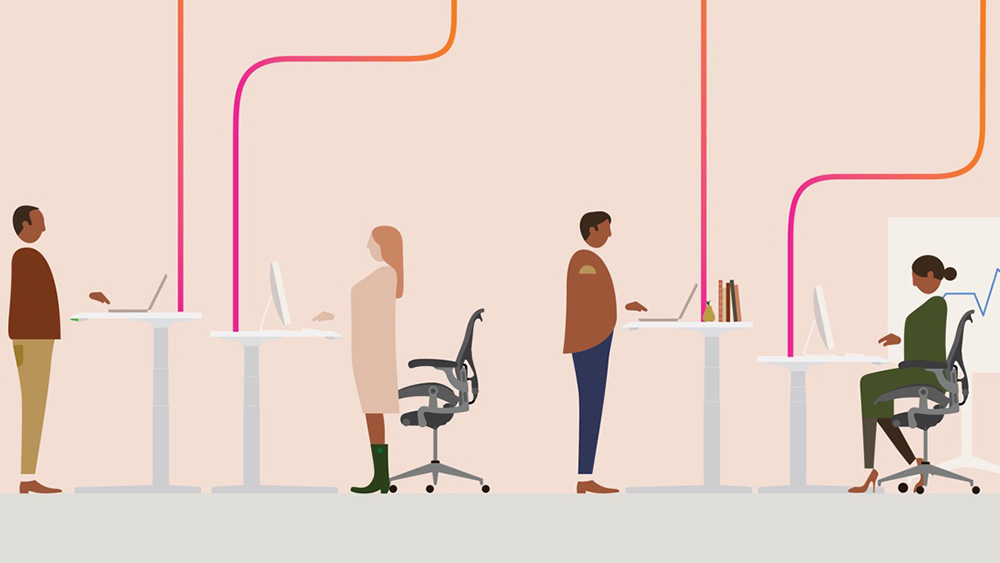
Of these, physical space comprises 30 percent of the employment experience and is one that we can directly influence through good design.
Linear procurement usually considers economic impacts of a purchase, i.e the total cost of the product or service including the cost, quality, maintenance and repair costs and replacement parts. However, sustainable procurement considers much more, including;
- Review your demand and buy only what is needed;
- Ensure that sustainability is integrated into all existing procurement practices to maximise sustainable outcomes;
- Innovative solutions that encourage sustainable procurement practices and prevent myopic behaviour at the start of the procurement process and at the end of a product’s initial useful life;
- Life cycle costing that considers not only the up-front cost incurred, but also the value for money achieved and the costs and benefits for society, the environment and economy;
- Considering that a true circular economy can be achieved through long-lasting design that considers the 5 R’s at the end of a product’s useful life:
- Repair
- Re-use
- Re-manufacture
- Refurbishing
- Recycling
Living Edge is inspired to rethink its supply chain and prioritise quality products, the environment and flexibility to deliver the best sustainable business outcomes. Our passion for sustainable design has its own division - ‘Living On’. Sustainability has always been about choosing products that will not only last a lifetime, but are also designed and manufactured with sustainable materials and the 5R’s in mind.

Inspiration has not only been drawn from our landfill problem and our industry’s linear procurement model, but also the major trends of flexibility, using products rather than owning them, sustainable procurement and providing a work environment that contributes positively to culture and productivity. The client journey for furniture procurement should incorporate a more circular approach where we can prioritise best in class products, flexible purchasing options and ensure we minimise waste at the end of a project;
Living Edge’s Lifecycle provides a usership model that ends ownership and supports:
- Future flexibility as your organisation grows or contraction
- Asset management solutions that focus your resources on revenue generating activities
- The option to re-use, refurb and recycle at the end of your property lease
Using a managed services approach we can provide a sustainable procurement model that allows organisations to modify their workplace as business needs change. And we ensure our products have a life after your use, completing the circle and achieving our goal of reducing waste.
Living Edge are thinking about this and hopefully provoking some thought to start the conversation. I hope the next time your organisation is planning on moving premises you will think about Lifecycle by Living Edge and consider how you would prefer your furniture procurement journey look.
All illustrations courtesy of Herman Miller.


